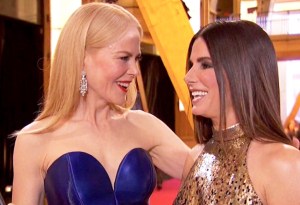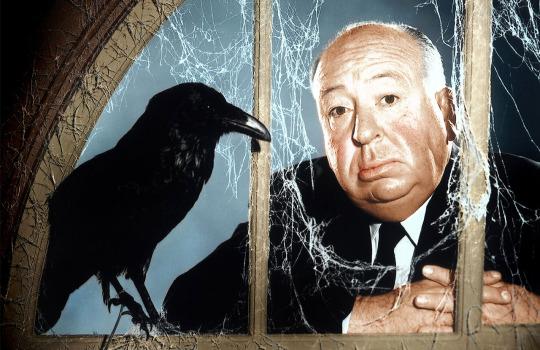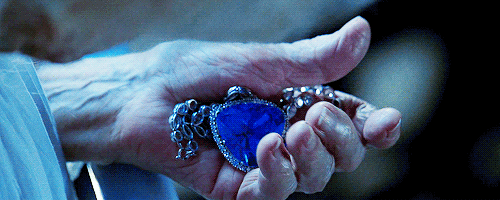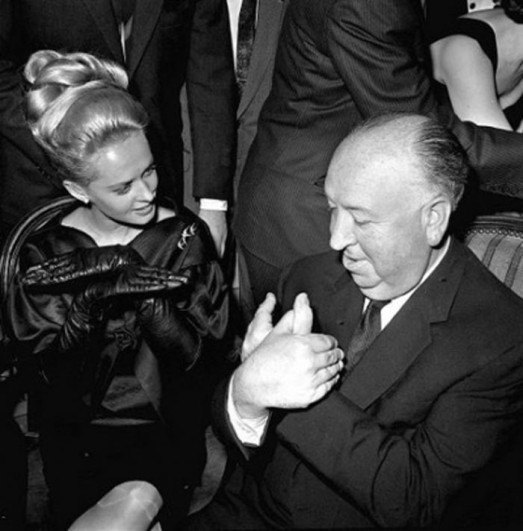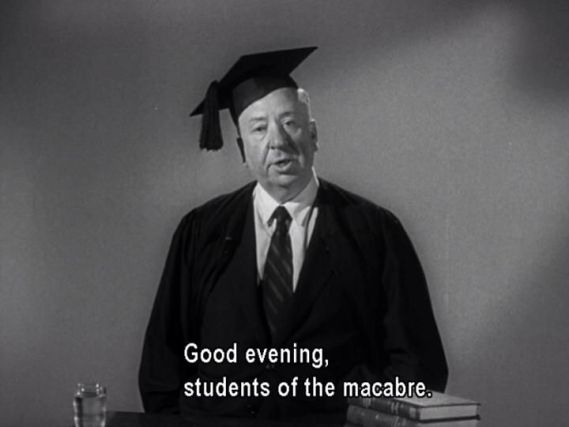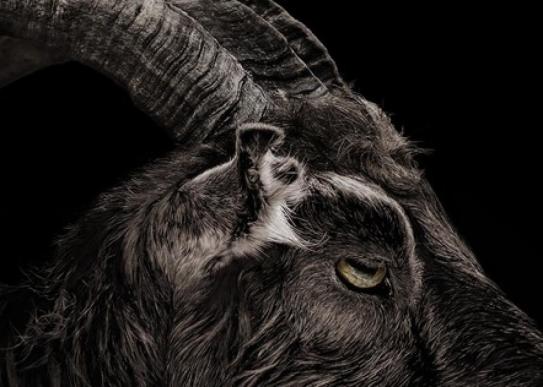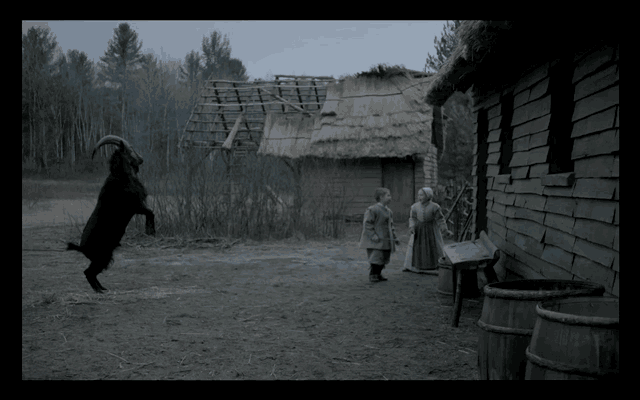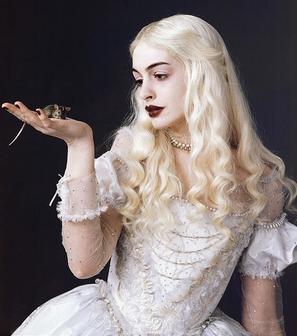
The spooky season is upon us, and you greatly deprive yourself if you do not take the time to watch some scary movies! I love horror, and here are some of my favorites — the fun, the freaky and the forgotten. In no particular order.
Crow Haven Farm – When a distant relative dies and leaves a generous will, New Yorker Maggie (played by Hope Lange) inherits a farm in Massachusetts. She and her husband are delighted to leave the big city and move into their new digs. However, upon entering the new house, Maggie has the strangest feeling she has lived there before. Is reincarnation possible?

Of course it is! But matters get complicated when Maggie and her husband adopt a witchy ten year old girl. Through the child, Maggie discovers her previous life involved the betrayal of a 17th century coven. They now plan to exact their revenge…

The Howling II “Your sister is a werewolf.” – Ben’s sister is transformed into a werewolf and killed. Determined to find answers and justice, Ben and his girlfriend Jenny travel to Transylvania with werewolf hunter Stefan (played by Christopher Lee) to investigate. There they find themselves in the midst of the Wolf Festival. A strange tribe of werewolves are led by immortal Queen Stirba who, as it turns out, is Stefan’s sister. There are plenty of chills and thrills (plus a great Goth wardrobe!) in this borderline erotic story.

Let’s Scare Jessica To Death – After suffering a nervous breakdown, Jessica has just been released from treatment in a mental institution. What she needs most is fresh air and a fresh start. Jessica and her husband decide to purchase a country house in upstate New York where they can get some peace and quiet to help Jessica’s recovery. Or so they think. When they discover a young hippy squatter on the premises, Jessica decides to invite the girl to move in rather than banish her. Bad decision!

This woman strangely resembles old photographs left in the house… Is the young woman really an immortal vampire? Or is Jessica simply going insane?

An American Werewolf in London – American college students David and Jack are backpacking through northern England.
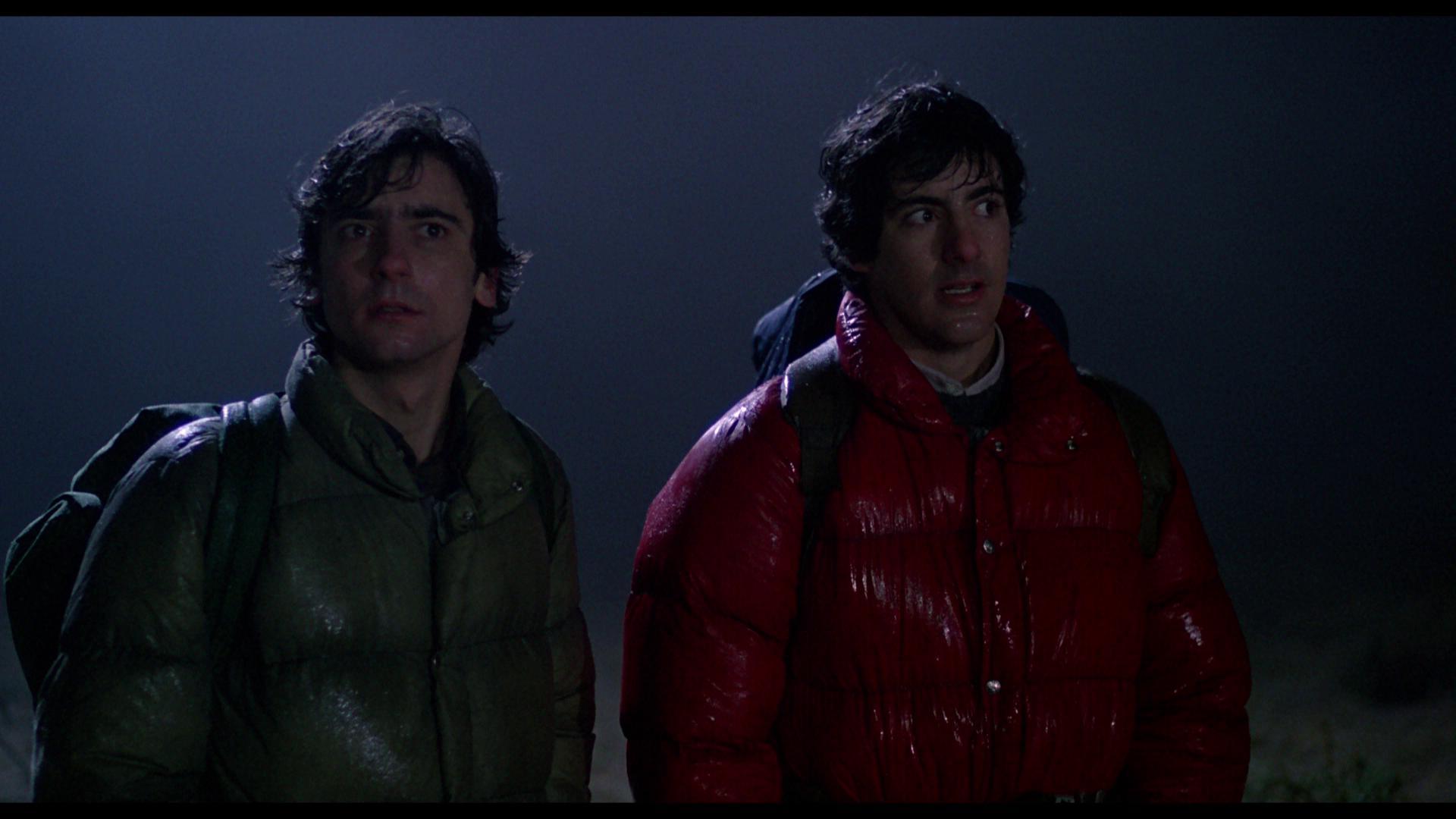
They stop at a pub for some hot food, but unfortunately, the locals are none too friendly. In fact they are downright rude, except for their simple advice. “Stay to the road and beware the moon.”
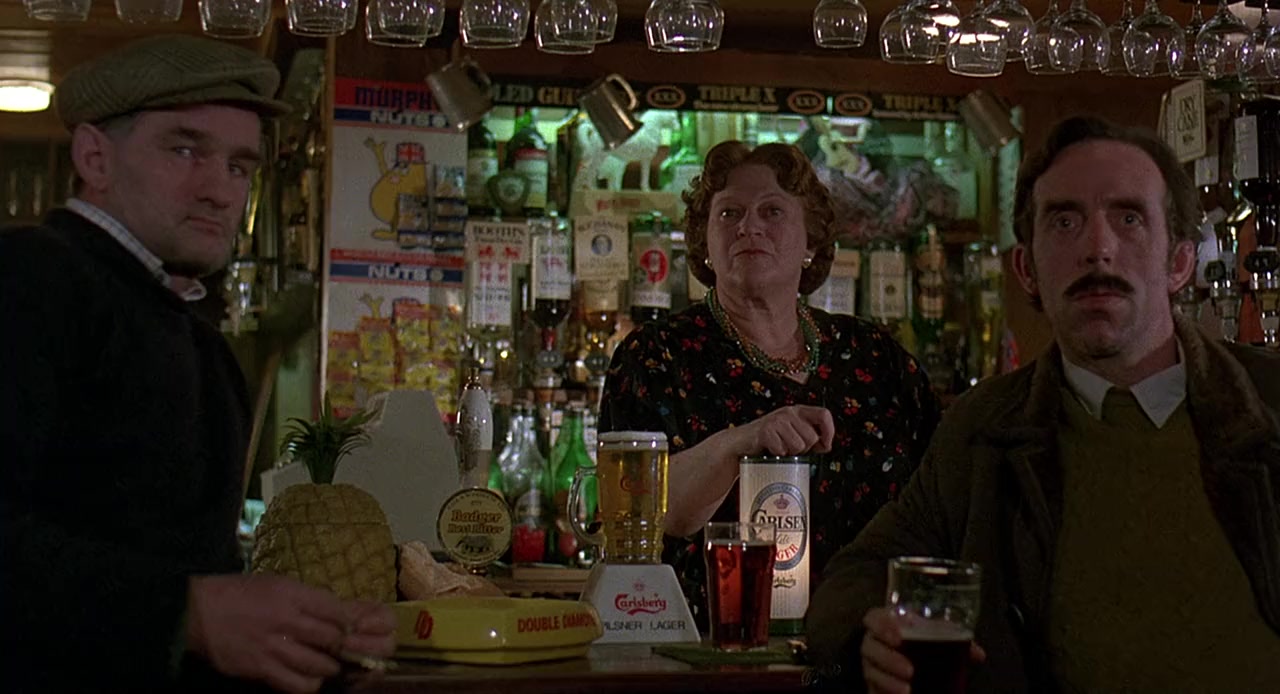
Realizing they are unwanted, the boys head out to the moors, amidst fog and cries of a howling wolf. They are, of course, attacked. Jack is killed, but David is merely wounded — and therefore left to carry on the curse of the werewolf. This truly classic film manages to be funny, likable and shocking all at the same time.
The Witches of Eastwick – Three dissatisfied women (played by Cher, Michelle Pheifer and Susan Sarandon) live in a sleepy New England town. There, they bide their time with hobbies and gossip, not really fitting in with the locals, and longing for excitement. One night they fantasize their perfect man and invite him to the neighborhood. When Darryl Van Horn (played by Jack Nicholson) arrives on the scene, he is intriguing, a bit repugnant, and weirdly irresistible. Van Horn trains the women for a witchy life — including teaching them to fly, all the while keeping them under his seductive power. Then one day, the ladies become more powerful than Darryl…
Practical Magic – The Owens women, witches by birth, suffer a curse. No man should ever fall in love with them or he is fated to die — young and way before his time. When sisters Jill and Sally (played by Nicole Kidman and Sandra Bullock) both fall in love, fate takes its toll. Can the curse be broken? While it is not really “scary” this movie is great fun and perfect for Halloween, when the Owens women fly off the roof!

The Witch: A New England Folk Tale – Journey back to 17th century New England for some spine tingling dealings with real witches and a goat named Black Phillip. A family of English settlers are banished from Plymouth Colony for being “too devout.” In other words, they out-Puritan the Puritans, and the community sends them away.

The family’s luck gets worse as crops spoil and their baby is kidnapped. To make matters worse, something strange is going on in the woods… This involves unction oils, naked witches, and signing of the book in blood. Plus Black Phillip is more than a mere goat…

Kudos to director Robert Eggers for keeping it Puritanical. Eggers went to great efforts to replicate the speech and costumes of the era. He also claimed he wanted to make his “childhood witch terrors” come to life. I know people who are so scared of this movie, they will not watch it alone!
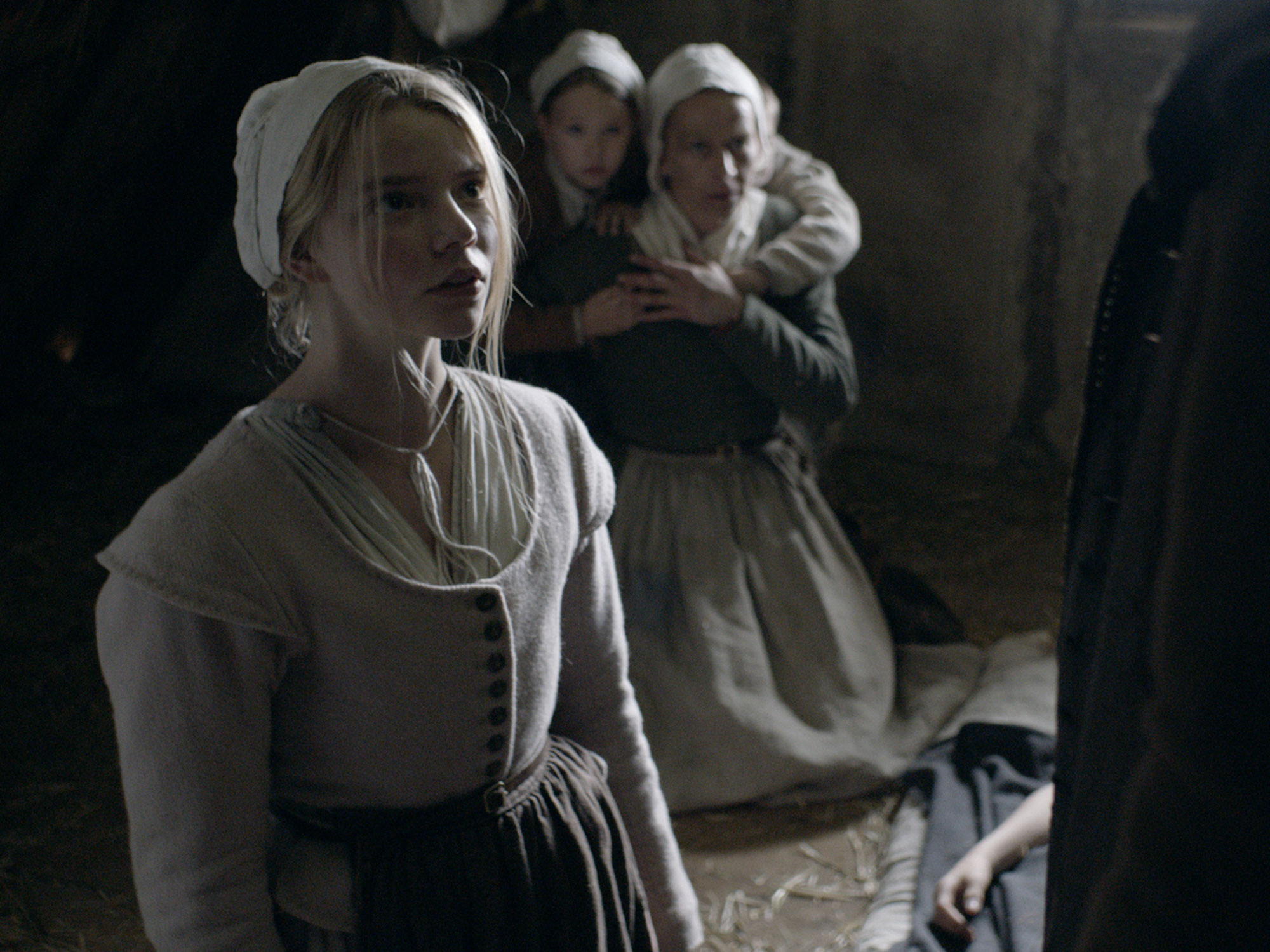
Interview With The Vampire – I have mentioned this gem before, but no Halloween would be complete without a visit to New Orleans with the infamous Lestat, and the innocent Louis, the vampire he created to keep him company. When Louis can no longer live with the existential crises of having to kill to stay undead, all hell breaks loose. Anne Rice’s masterpiece brought to the big screen.

The Salem Witch Trials – Originally filmed as a made for TV mini series, this six hour presentation is a must see. Most folks take Arthur Miller’s Crucible as fact – it was, however, heavily fabricated to meet Miller’s dramatic goals. This mini series offers a more historic (and scary!) view of the witch trials, with great performances by Kirstie Alley and Shirley Maclaine.

Doctor Faustus – Based on Christopher Marlowe’s play. Richard Burton stars as Faustus, the occult dabbling doctor who wonders if it would be possible to summon the Devil and strike a bargain with him – a soul in exchange for worldly goods. Yes. It is possible. The movie also stars Elizabeth Taylor (Burton’s then wife) as temptress Helen of Troy.

Although it is a bit campy and the acting is over the top, I still say, Burton, Taylor and Marlowe — What’s not to love?
The Exorcist – Some folks think this is the scariest film ever made. Although it shows it’s age, there are still plenty terrors to be had in this story of Reagan, an innocent twelve year old who inexplicably finds herself possessed by the Devil. When all cures prove futile, an exorcist is called in. Not for the faint of heart, but if you have a strong stomach, it is a must see.

Hope that gives you some viewing ideas!
Have an Happy and Horrifying Halloween!






